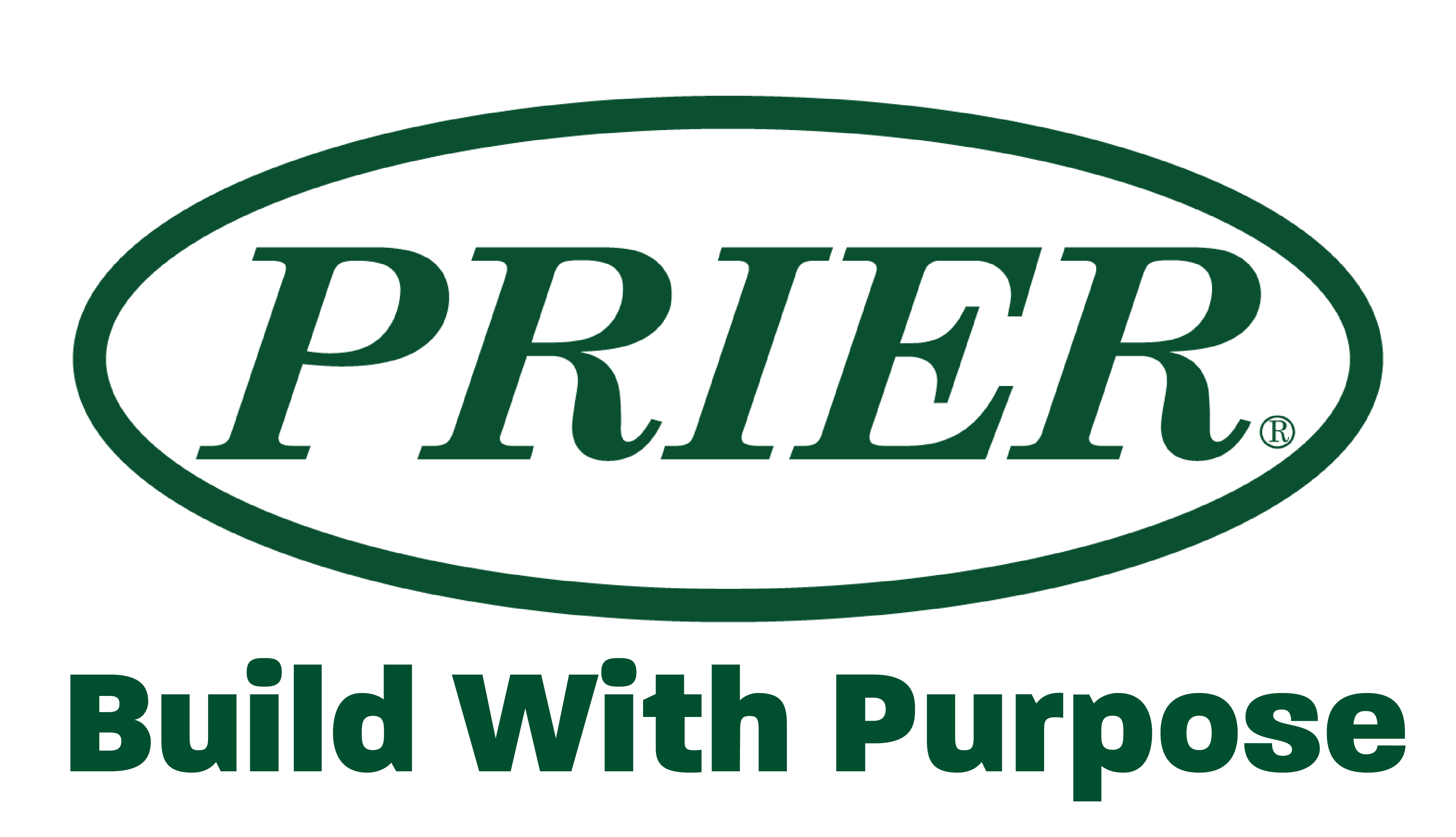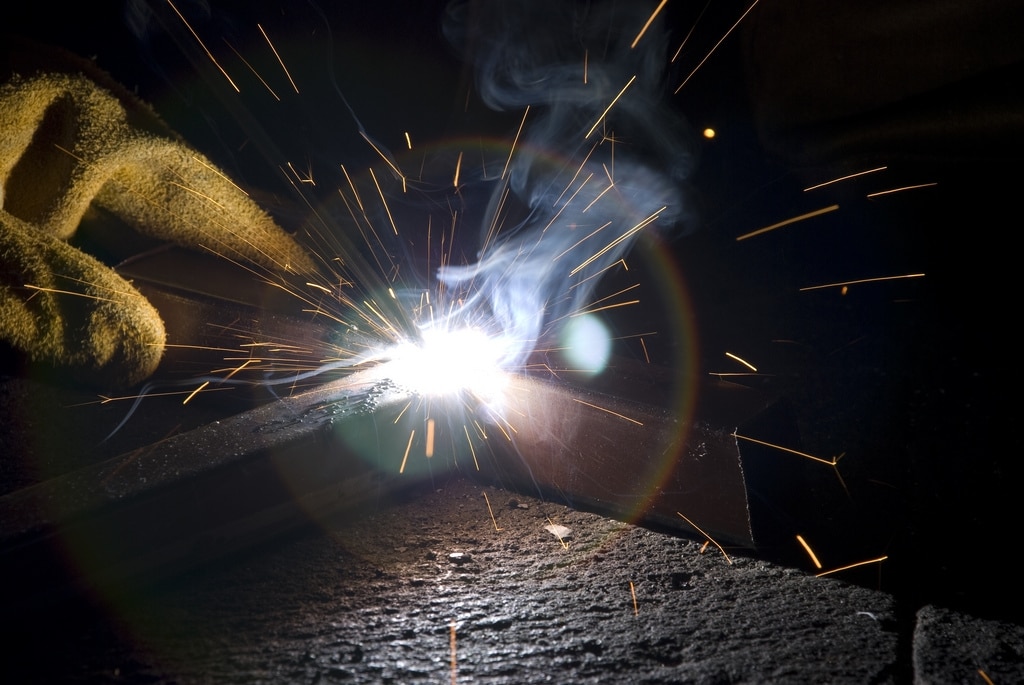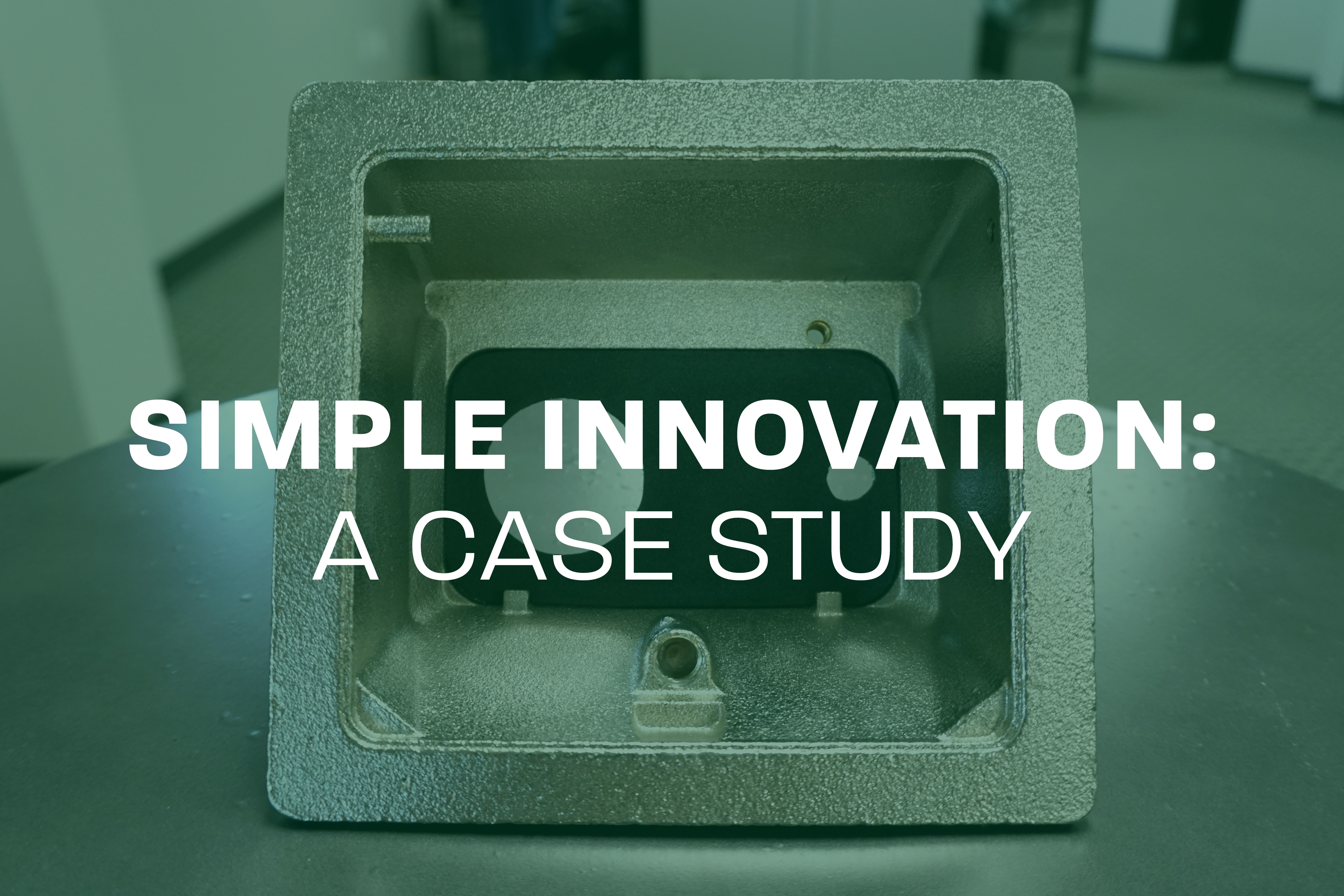Oils and coolants:
If your equipment needs any type of fluids, make sure they are all at the proper levels. The lack of engine oil and/or coolant could be a costly mistake.
Pivot points and grease fittings:
Check all pivot points for excessive wear or binding. Lube all grease points at least once a month depending on how frequently you use your equipment.
Cutting edges and safety guards:
Ensure all cutting edges are sharp and guards are in place and functioning properly. A sharp cutting edge uses less force to cut and gives you a cleaner cut. Safety guards might be annoying, but are there for your protection.
Tires, Rims, and Lug nuts:
Proper tire inflation helps save on fuel, while tread depth insures better traction. Check the rims for any dents or cracks. Torque lug nuts to manufacturers’ specs. A sign of rust behind a lug nut on the rim means you lugs are loose.
Small hand tools:
Small hand tools like screw drivers can be damaged if used on the wrong type of screw heads. Remember to always use the proper tool for the job. The improper tool can cause an injury to you or damage your project. Ladders need to be checked for any damaged steps, missing rivets or bent legs.
Power tools:
Check all power cords for frays, cuts, and bent or missing ground prong. Bare wires can cause electrical shock or death. Make sure all moving parts, guides, supports, and guards are in place, secure and in proper working order.
Safety equipment:
Make sure all of your safety equipment is in clean and good working order like gloves, goggles and hearing protection.
I hope this makes your next project go a little smoother. Also remember clean as you go. A clean work place is a safe work place.


